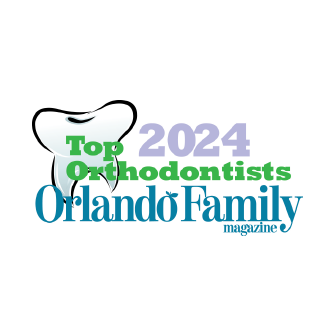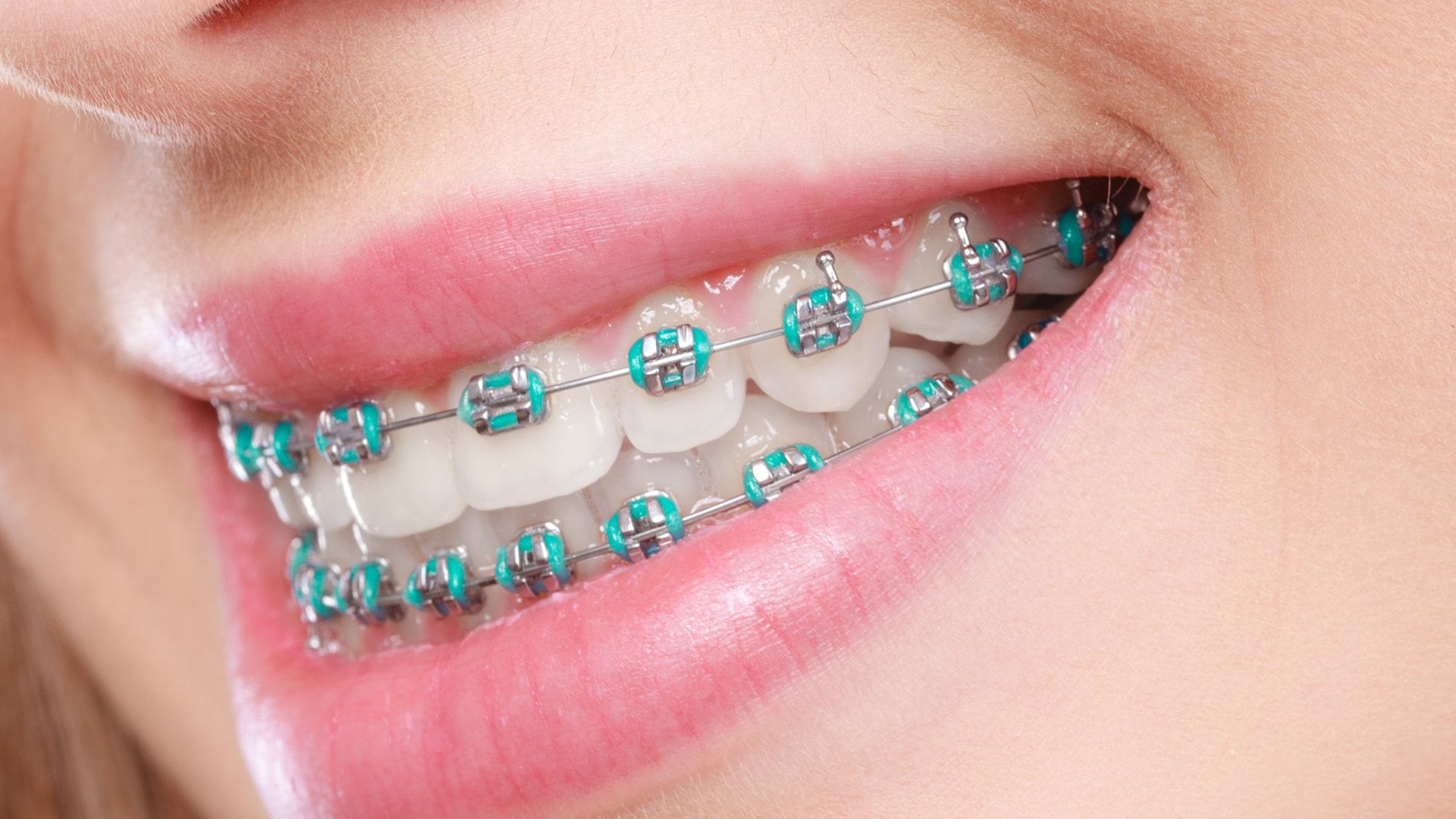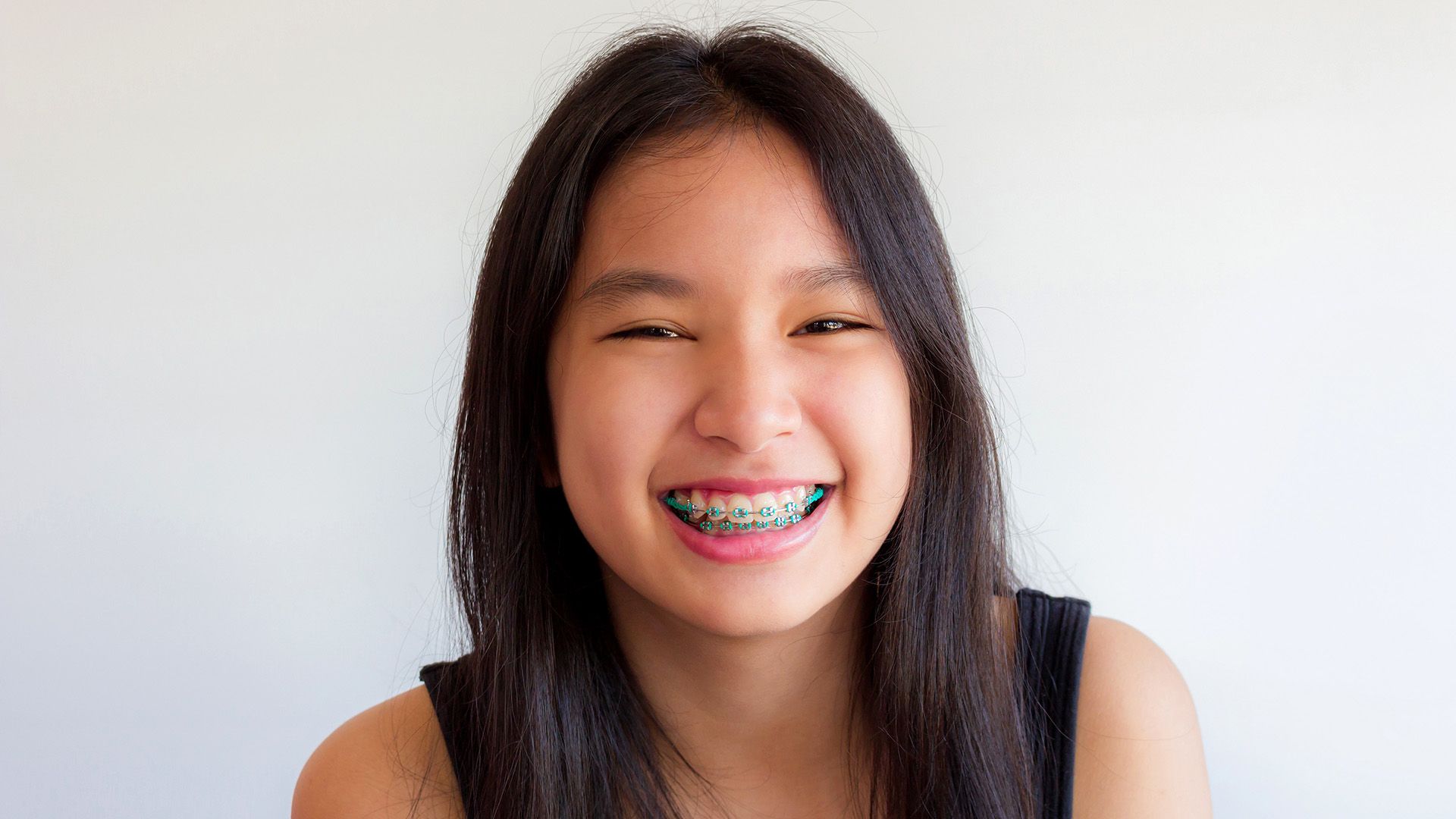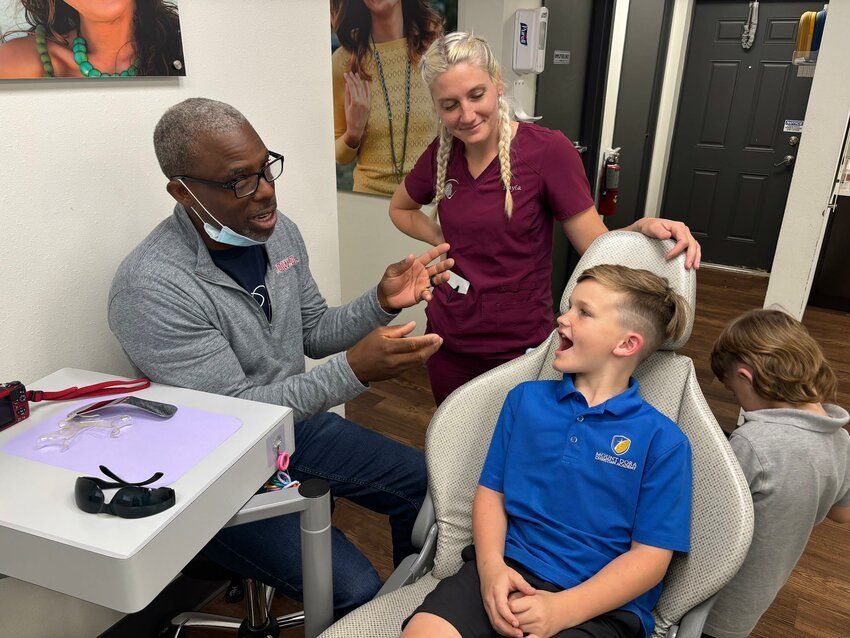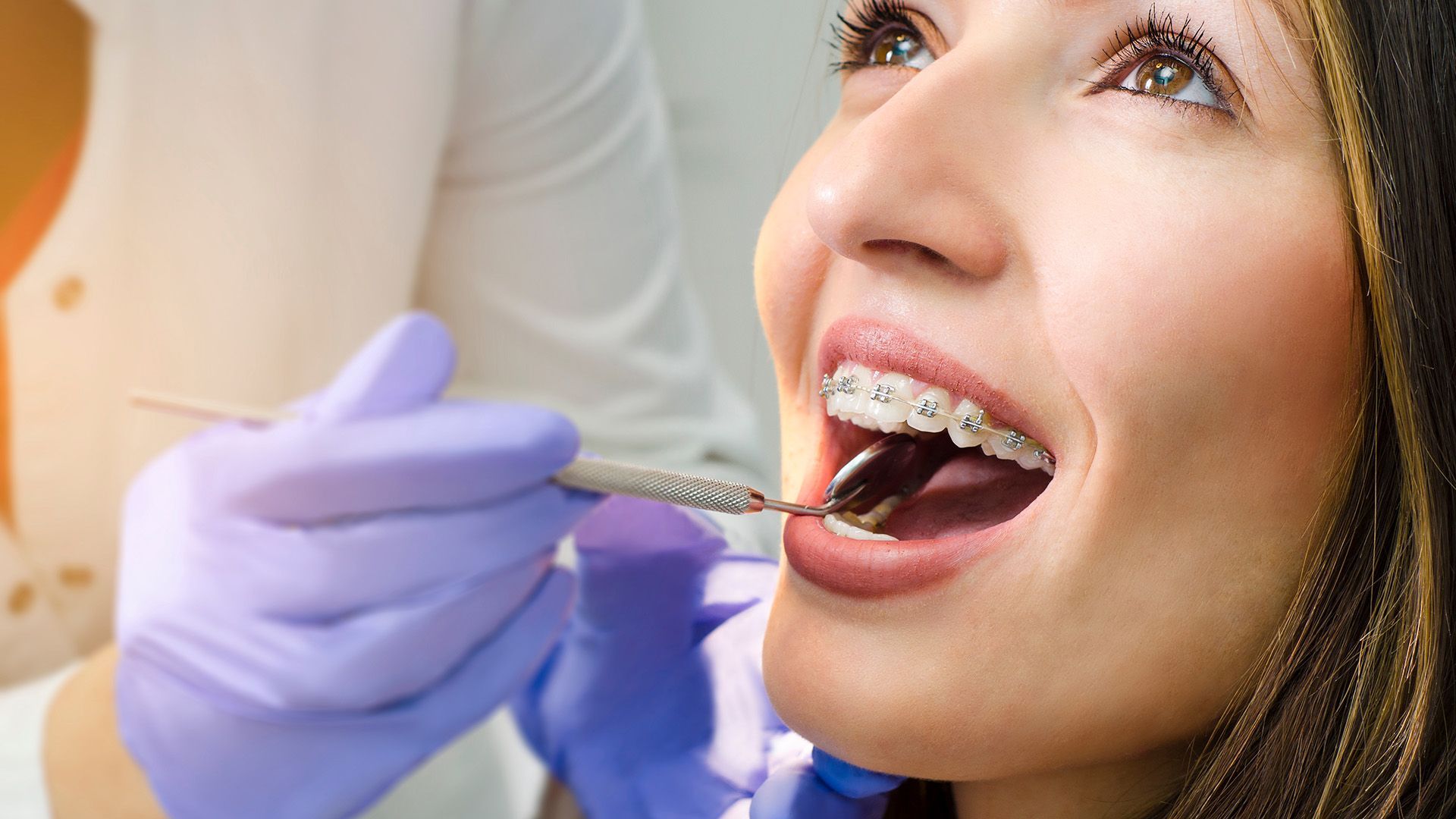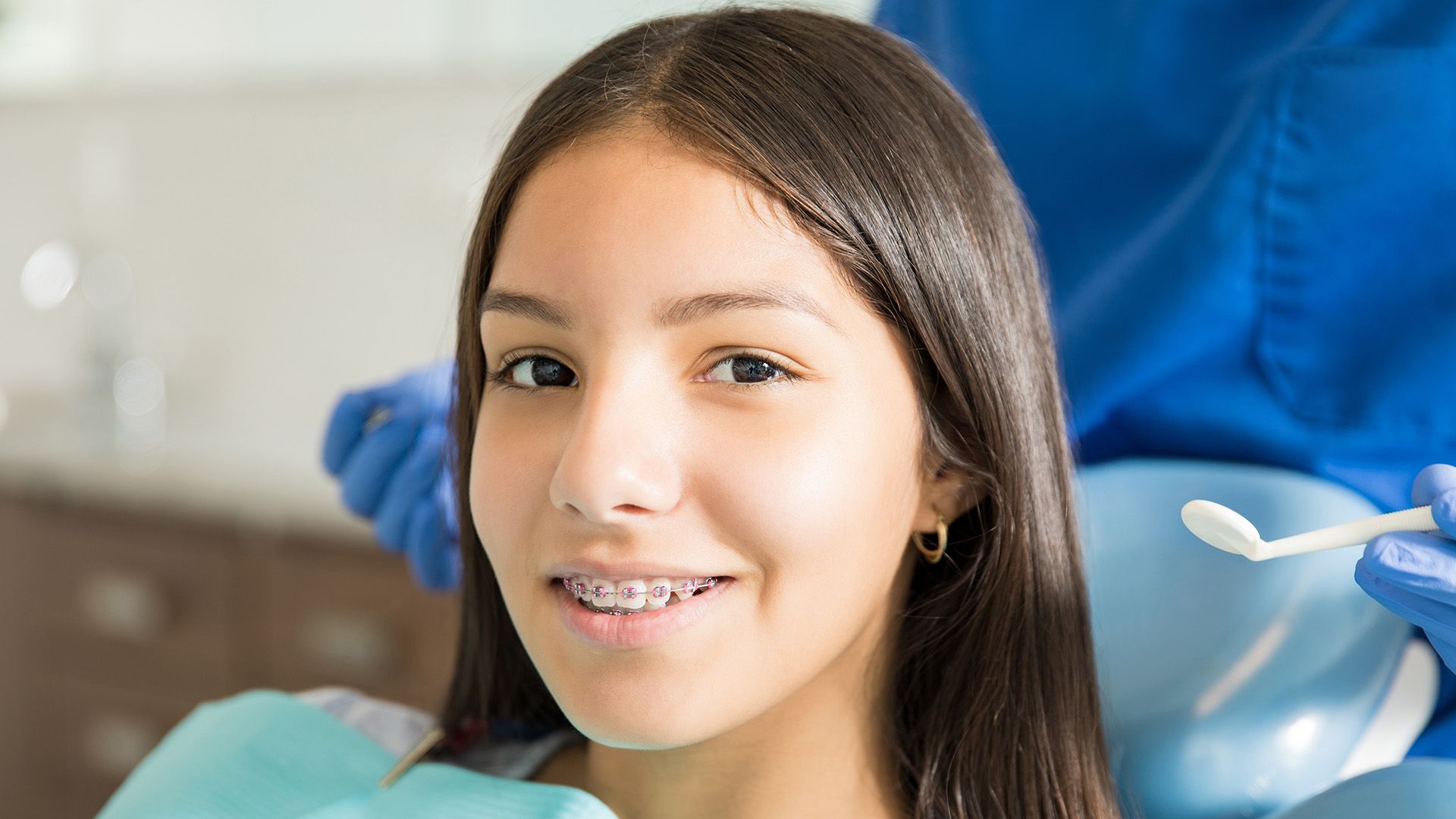Teeth Shifting with Age: Understanding Causes and Solutions
As we age, our bodies undergo numerous changes, and our teeth are no exception. Many individuals notice their teeth shifting with age over time, leading to misalignment and other dental issues. Understanding why teeth shift with age is crucial for maintaining a healthy smile. In this article, we will explore the underlying causes of this phenomenon, common signs that indicate your teeth may be shifting, and effective preventive measures and treatment options available. Whether you're aiming to maintain your smile or seeking solutions to address shifting teeth, knowledge is your best ally in ensuring optimal oral health.

Why Do Teeth Shift as You Age?
The natural aging process significantly impacts teeth alignment. Over time, wear and tear on our teeth, coupled with changes in habits such as diet and oral hygiene, can lead to gradual shifts. This realignment may affect not only the aesthetics of your smile but also your bite and overall oral health. So do teeth shift as you age? Yes they do.
Changes in jawbone density and structure are critical factors in the shifting of teeth. As we grow older, the jawbone may lose density and begin to shrink, which can alter the support structure for our teeth. When the jawbone changes, it can create gaps or misalignments, causing teeth to shift out of their original positions.
Gum health also plays a vital role in maintaining proper teeth positioning. As we age, gum tissue can recede due to various factors, including periodontal disease. Healthy gums support teeth and help keep them anchored in place. When gum health declines, it can lead to loose teeth, further contributing to unwanted shifts.
Understanding these factors is essential for maintaining a healthy smile throughout your life. If you're noticing changes in your teeth alignment, it may be time to consult with a professional to address your concerns and provide solutions to keep your smile looking its best.
Common Causes of Teeth Shifting
As we age, our teeth can shift for a variety of reasons, leading to misalignment and changes in our bite. One significant factor contributing to this phenomenon is tooth loss and extraction. When a tooth is lost, the surrounding teeth may begin to drift into the empty space, disrupting the natural alignment of the dental arch. This shifting can lead to further complications, such as bite issues and an increased risk of gum disease.
Additionally, dental procedures and orthodontic treatments play a crucial role in how our teeth behave over time. While braces and retainers are designed to correct misalignment, improper use or failure to wear retainers after treatment can result in teeth gradually shifting back to their original positions. Regular follow-ups with your orthodontist are essential to ensure that your teeth remain in their intended locations.
External factors also contribute to teeth shifting, including habits like teeth grinding (bruxism) and poor oral hygiene practices. Grinding can exert excessive force on teeth, causing them to shift or wear down. Moreover, neglecting proper oral care can lead to gum disease, which affects the supporting structures of the teeth, further promoting movement. Understanding these common causes of teeth shifting is vital for maintaining a healthy smile as you age.
Signs That Your Teeth Are Shifting
One of the most noticeable signs that your teeth may be shifting is visible changes in their alignment. You might observe that your once-straight teeth are now leaning or overlapping. This can happen gradually and may be subtle at first, making it easy to overlook.
Another sign of shifting teeth is a change in your bite or chewing patterns. If you find that your teeth no longer fit together as they once did, or if you experience discomfort while biting down, this could indicate that your teeth are moving. Such changes can affect your overall oral health and may lead to issues such as jaw pain or even headaches.
Increased spacing or crowding of teeth is also a common indicator of teeth shifting with age. You may notice gaps forming between your teeth, or conversely, your teeth may feel more crowded than before. This can create difficulties in maintaining good oral hygiene, as it becomes harder to clean areas of overlapping teeth effectively.
If you are experiencing any of these signs, it’s essential to consult with a professional orthodontist. They can provide a thorough evaluation and discuss appropriate treatment options to help restore your smile and improve your dental health.
Preventive Measures Against Teeth Shifting
Teeth shifting with age is a common concern that can affect both your smile and oral health. One of the most effective ways to prevent this issue is by scheduling regular dental check-ups. These appointments allow your orthodontist to monitor your teeth and bite alignment, making it easier to identify any early signs of shifting. Early intervention can help maintain the results of previous orthodontic treatments and ensure your teeth remain in their optimal position.
For those who have undergone orthodontic treatment, utilizing retainers is crucial in preventing teeth from shifting over time. Retainers help to keep your teeth in their new positions after braces or aligners are removed. Consistently wearing your retainer as prescribed can significantly reduce the risk of unwanted movement and preserve the investment you've made in your smile.
Maintaining good oral hygiene and health is another fundamental preventive measure. Regular brushing and flossing help to keep your gums healthy and can prevent periodontal disease, which is known to contribute to teeth shifting. Additionally, a balanced diet rich in vitamins and minerals supports overall oral health. By being proactive about your dental care, you can protect your smile against the natural changes that occur with age.
Treatment Options for Shifting Teeth
As we age, our teeth can shift due to various factors such as bone loss, gum disease, or even just the natural wear and tear of our dental structures. Fortunately, there are several effective treatment options available to address these changes and restore your smile.
Orthodontic solutions for realignment are among the most popular choices for correcting shifting teeth. Treatments like traditional braces or clear aligners can effectively reposition teeth into their proper alignment. These methods are designed to apply gentle pressure over time, gradually moving the teeth back to their ideal positions. This not only improves the aesthetics of your smile but can also enhance oral health by ensuring proper bite alignment.
In cases where teeth have been lost, dental procedures such as implants or bridges can play a crucial role in maintaining the integrity of your dental arch. Missing teeth can lead to further shifting of adjacent teeth, making it essential to address these gaps promptly. Implants provide a permanent solution that mimics the look and function of natural teeth, while bridges can fill the spaces with support from neighboring teeth.
It's important to understand that each individual's dental situation is unique, which is why personalized treatment plans are vital. A thorough assessment of your specific needs and a tailored plan that considers your oral health, lifestyle, and desired outcomes ensure that your journey towards a healthier, straighter smile is both effective and comfortable.

7260 WEST COLONIAL DR.
ORLANDO, FL 32818
(407) 294-1560
8907 CONROY WINDERMERE RD. ORLANDO, FL 32835
(407) 217-2927
12 S PARK AVE
APOPKA, FL 32703
(407) 801-7775
